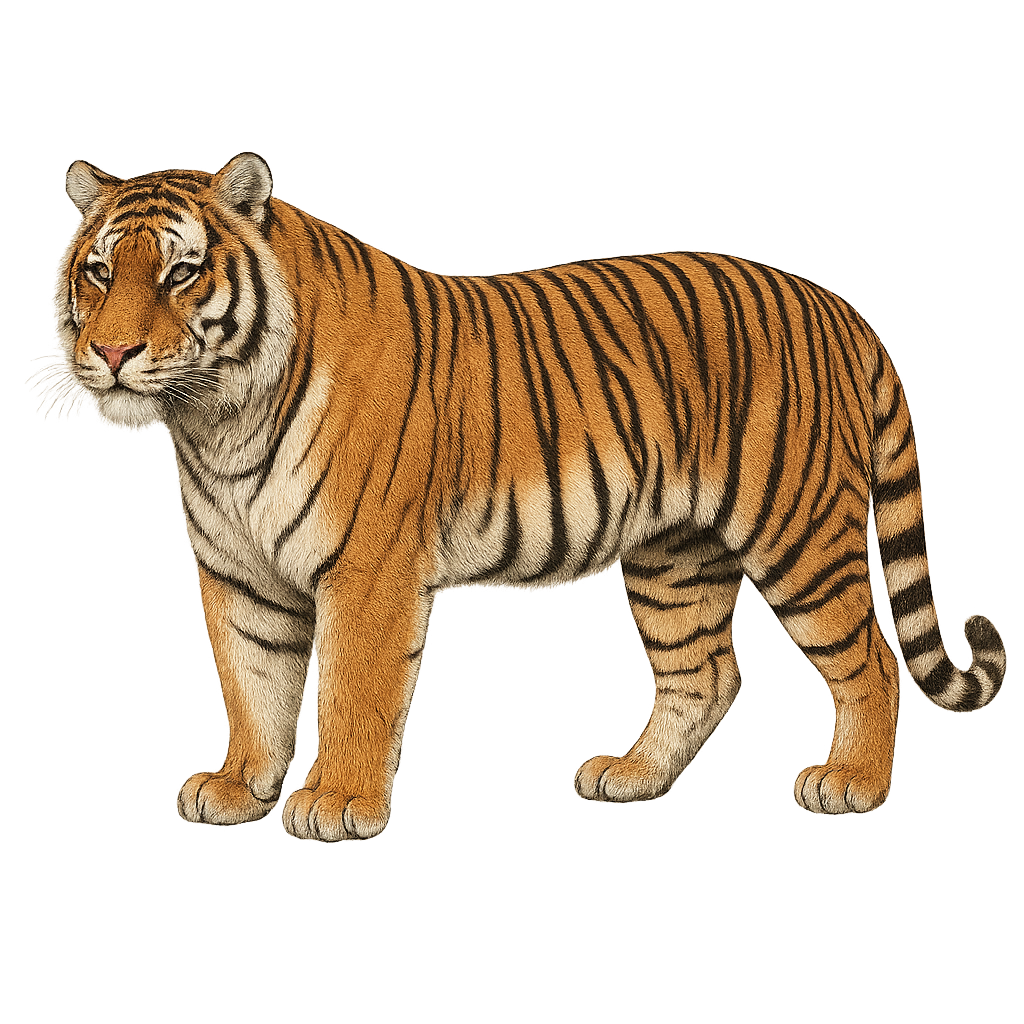Your wildlife photography guide.
Explore the siberian tiger in detail, study its behavior, prepare your shots.
Where to observe and photograph the siberian tiger in the wild
Learn where and when to spot the siberian tiger in the wild, how to identify the species based on distinctive features, and what natural environments it inhabits. The WildlifePhotographer app offers tailored photography tips that reflect the siberian tiger’s behavior, helping you capture better wildlife images. Explore the full species profile for key information including description, habitat, active periods, and approach techniques.
Siberian Tiger
Scientific name: Panthera tigris altaica

IUCN Status: Endangered
Family: FÉLIDÉS
Group: Mammals
Sensitivity to human approach: Very shy
Minimum approach distance: 50 m
Rut period: December to February
Gestation: 95-112 jours
Births: March to May
Habitat:
Coniferous forests, steppes, mountains
Activity period :
Mainly active at night, generally discreet during the day.
Identification and description:
The Siberian tiger, or Panthera tigris altaica, is the largest living feline. It is distinguished by its thick, light-colored fur, adapted to the harsh winters of its natural habitat. Its black stripes on a pale orange background allow it to camouflage in coniferous forests and snowy steppes. This solitary predator is a nocturnal hunter, primarily feeding on large ungulates like deer and wild boar. Although its territory spans vast areas, it is threatened by deforestation and poaching. Conservation efforts are crucial for its survival, as it is classified as endangered by the IUCN.
Recommended lens:
400 mm – adjust based on distance, desired framing (portrait or habitat), and approach conditions.
Photography tips:
To photograph the Siberian tiger, it is essential to use a telephoto lens of at least 400mm to capture detailed images from a distance. Opt for twilight hours to benefit from soft, natural light. Be patient and discreet, as the tiger is very shy. Use a tripod to stabilize your camera and avoid motion blur. Finally, always respect the safety distance to avoid disturbing the animal and ensure your safety.
The WildlifePhotographer App is coming soon!
Be the first to explore the best nature spots, track rutting seasons, log your observations, and observe more wildlife.
Already 1 432 wildlife lovers subscribed worldwide

